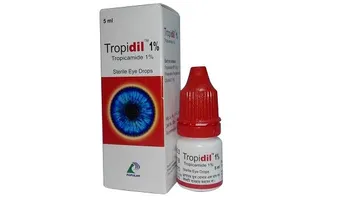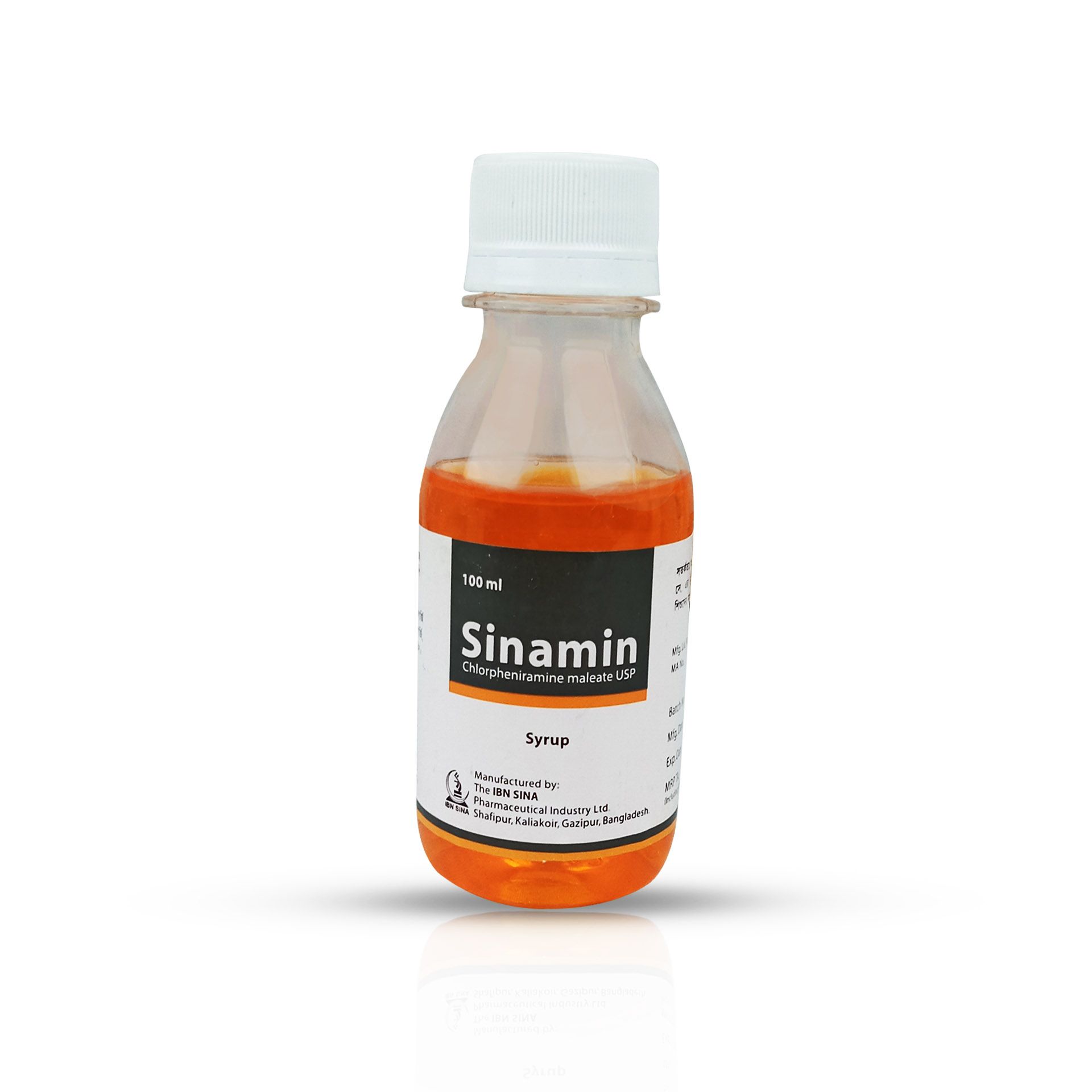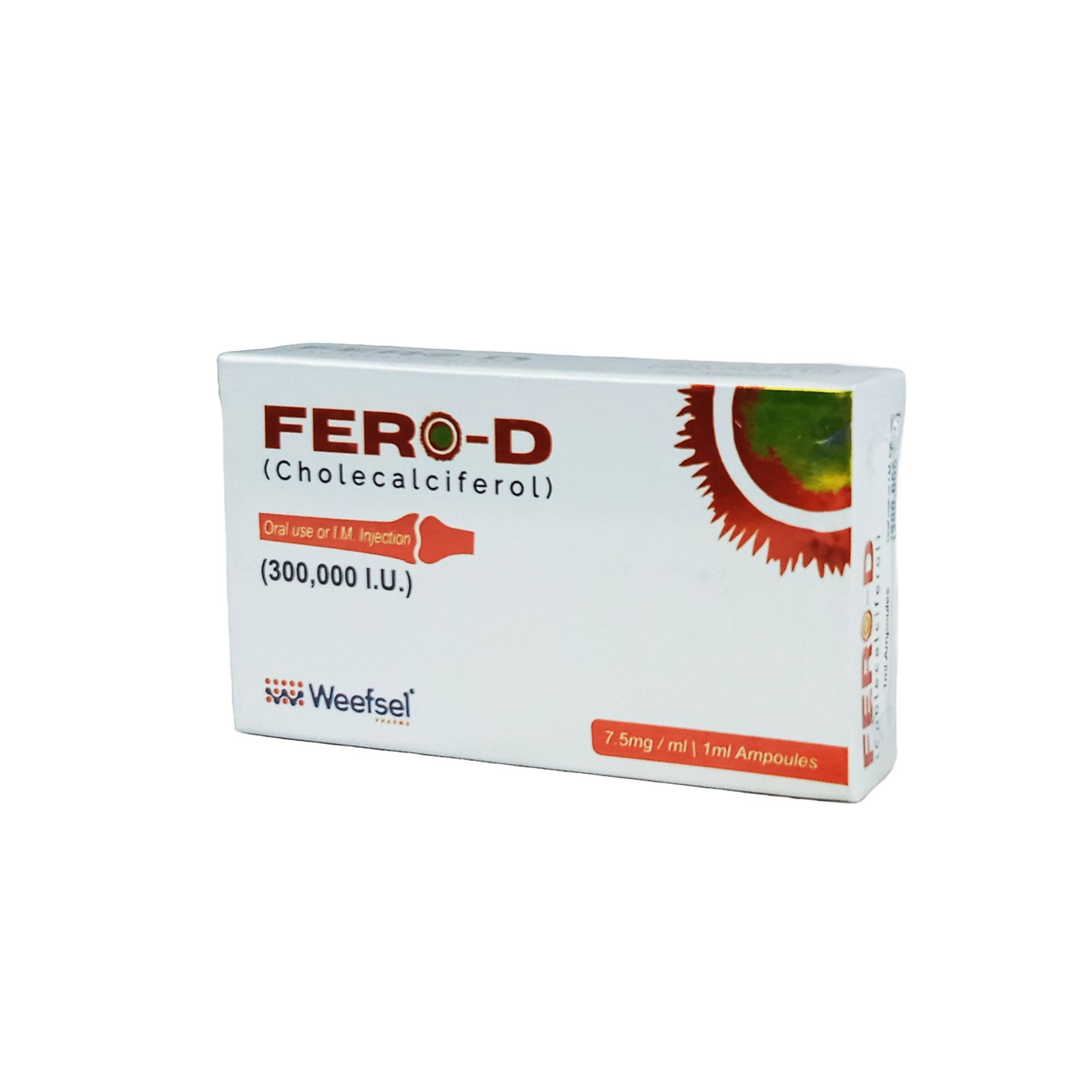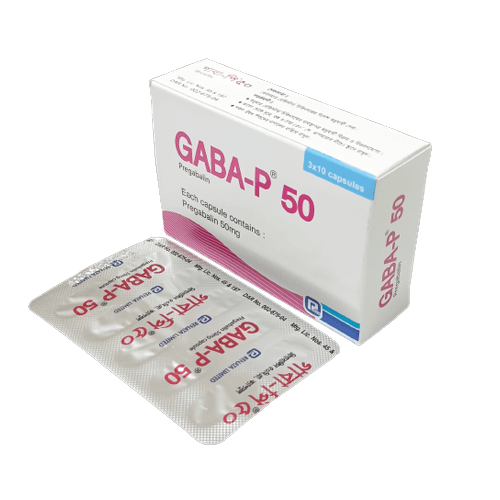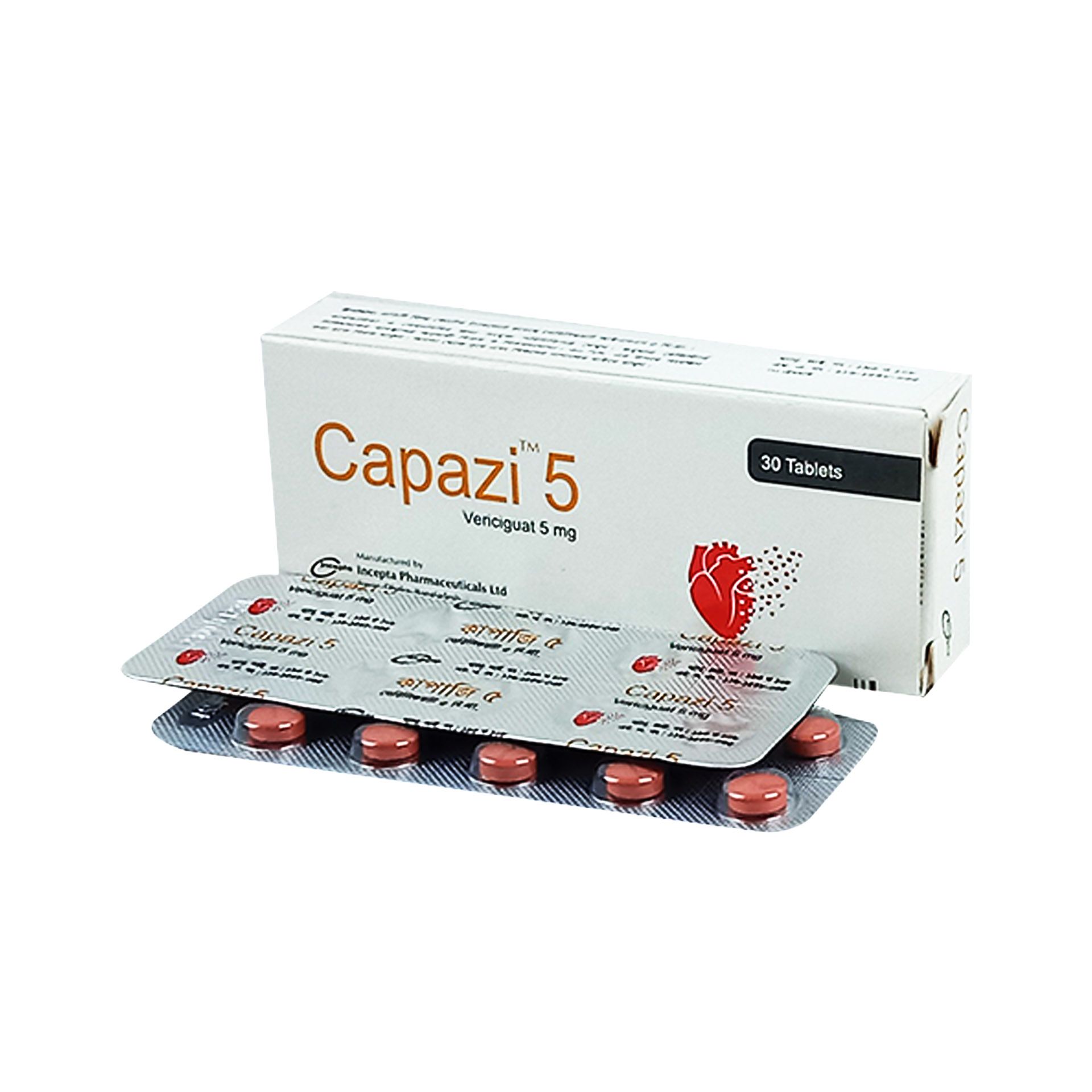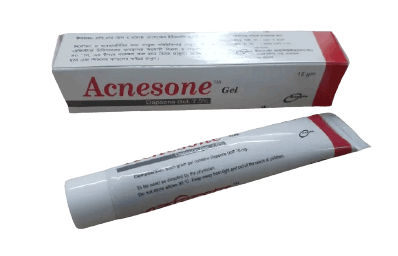
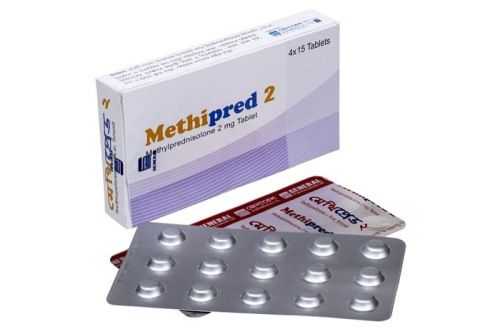


Methipred 2 Tablet - (2mg)
(0
reviews)
Sold by
Ashik Medical
Price
৳2.00
৳3.01
/pc
-34%
Club Point:
301
Refund
Not Applicable
Share
Top Selling Products
-
৳76.50
৳85.00 -
৳27.00
৳30.00 -
৳342.00
৳380.00 -
৳126.00
৳140.00 -
৳450.00
৳500.00 -
৳135.00
৳150.00
Reviews & Ratings
0
out of 5.0
(0
reviews)
There have been no reviews for this product yet.
Introduction
Methipred 2 is a medicine used to treat wide variety of medical conditions such as severe conditions, asthma, rheumatic disorder, skin and eye disorders, and nephrotic syndrome. It provides relieve by preventing the release of substances that cause inflammation. Methipred 2 should be taken with food. This will prevent you from getting an upset stomach. The dose and duration will depend on what you are being treated for. You should always take the amount prescribed. Do not take a larger dose or use it more often. Keep taking it regularly even if you feel well. Some conditions will become worse if you stop using this medicine. The most common side effects of this medicine include skin thinning, increased risk of infection, reduction in bone density, weight gain, and mood changes. If these side effects bother you or do not go away, your doctor may suggest ways of preventing or reducing them. Using of this medicine may lower your ability to fight infections so avoid being near people who might pass on infections such as measles, chickenpox, or flu and do not receive a live vaccine while using this medicine. Before using this medicine, you should tell your doctor if you have brittle bones (osteoporosis), mood disorders, high blood pressure, or liver disease. Also tell your doctor if you have diabetes, this medicine may increase blood glucose levels which can cause or worsen diabetes. Many other drugs may affect, or be affected by, this medicine so let your doctor know all other medicines you are using, to make sure it is safe. You should also tell your doctor if you are pregnant, planning to become pregnant or breastfeeding.
Uses of Methipred 2
- Rheumatic disorder
- Skin disorders
- Eye disorders
- Nephrotic syndrome
- Systemic lupus erythematosus (SLE)
Side effects of Methipred 2
Common
- Thinning of skin
- Increased risk of infection
- Reduction in bone density
- Weight gain
- Mood changes
- Upset stomach
- Behavioural changes
How to use Methipred 2
Take this medicine in the dose and duration as advised by your doctor. Swallow it as a whole. Do not chew, crush or break it. Methipred 2 is to be taken with food. Avoid Methipred 2 with dietary sodium.
How Methipred 2 works
Methipred 2 is a steroid which works by blocking the production of certain chemical messengers in the body that cause inflammation (redness and swelling) and allergies.
Quick Tips
- Methipred 2 helps treat inflammation, severe allergies, flare-ups of ongoing illnesses, and many other medical problems that require either reduction of inflammation or suppression of the immune system.
- Do not use it more often or for longer than advised by your doctor.
- Take it with food to avoid an upset stomach.
- Methipred 2 can make it harder for you to fight off infections. Notify your doctor if you have any signs of infection such as a fever or sore throat.
- Side effects such as mood changes or stomach problems can happen when you start taking Methipred 2. Inform your doctor if this bothers you.
- Do not stop taking Methipred 2 suddenly without talking to your doctor first as it may worsen your symptoms.
Brief Description
Indication
Anti-inflammatory or immunosuppressive, Allergic conditions
Administration
Should be taken with food.
Adult Dose
Oral Anti-inflammatory or immunosuppressive Adult: Initially, 2-60 mg daily in 1-4 divided doses, depending on the disease being treated. Allergic conditions Adult: 24 mg on day 1 (8 mg before breakfast, 4 mg after lunch, 4 mg after supper, and 8 mg at bedtime) or 24 mg as a single or in 2-3 divided doses upon initiation (regardless of time of day); 20 mg on day 2 (4 mg before breakfast, 4 mg after lunch, 4 mg after supper, and 8 mg at bedtime); 16 mg on day 3 (4 mg before breakfast, 4 mg after lunch, 4 mg after supper, and 4 mg at bedtime); 12 mg on day 4 (4 mg before breakfast, 4 mg after lunch, and 4 mg at bedtime); 8 mg on day 5 (4 mg before breakfast and 4 mg at bedtime); 4 mg on day 6, given before breakfast. May be tapered over 12 days (to decrease chance of dermatitis flareup)
Child Dose
Oral Anti-inflammatory or immunosuppressive Child: 0.5-1.7 mg/kg daily or 5-25 mg/m2 daily in divided doses 6-12 hrly. Usual dosing range, 0.117-1.66 mg/kg/day PO divided q6-8hr
Contraindication
Systemic fungal infections and known hypersensitivity to components.
Mode of Action
Methylprednisolone is a synthetic corticosteroid with mainly glucocorticoid activity and minimal mineralocorticoid properties. It decreases inflammation by suppression of migration of polymorphonuclear leukocytes and reversal of increased capillary permeability.
Precaution
Patient w/ heart failure, HTN, DM, GI disease (e.g. diverticulitis, intestinal anastomoses, peptic ulcer, ulcerative colitis), multiple sclerosis, myasthenia gravis, acute MI, cataracts, glaucoma, osteoporosis, history of seizure disorder, thyroid disease. Avoid abrupt withdrawal. Renal and hepatic impairment (including cirrhosis). Childn. Pregnancy and lactation. Monitoring Parameters Monitor BP, blood glucose, electrolytes, growth in childn. Lactation: Drug enters milk; use with caution
Side Effect
Adrenal suppression, anaphylactoid reactions, immunosuppression, acute myopathy, Kaposi's sarcoma, psychiatric disturbances (e.g. depression, euphoria, insomnia, mood swings, personality changes), increased susceptibility and severity of infections, impaired healing, HTN, Na and fluid retention, CV collapse (high dose), peptic ulcer, cataract subcapsular, skin atrophy, acne, muscular weakness, growth retardation, decreased blood K; dermal/subdermal skin depression at inj site. Topical: Itching, burning erythema, vesiculation; rarely, folliculitis, hypertrichosis, perioral dermatitis, skin discolouration, allergic skin reactions.
Interaction
Loss of corticosteroid-induced adrenal suppression w/ aminoglutethimide. Risk of hypokalaemia w/ K-depleting agents (e.g. amphotericin B, diuretics). Decreased clearance w/ macrolide antibiotics. May decrease serum levels of isoniazid. Increased clearance w/ cholestyramine. Risk of convulsions w/ ciclosporin. Increased risk of arrhythmias w/ digitalis glycosides. Decreased metabolism w/ oestrogens, including OCs. Enhanced metabolism w/ CYP3A4 inducers (e.g. rifampicin, barbiturates). Increased plasma concentrations w/ CYP3A4 inhibitors (e.g. ketoconazole, erythromycin). Risk of GI effects w/ aspirin or other NSAIDs. May increase the anticoagulant effect of warfarin. May reduce the therapeutic effect of antidiabetics. Potentially Fatal: May diminish response to live or live, attenuated vaccines.
Frequently Bought Products
Product Queries (0)
Login Or Registerto submit your questions to seller
Other Questions
No none asked to seller yet
Top Selling Products
-
৳76.50
৳85.00 -
৳27.00
৳30.00 -
৳342.00
৳380.00 -
৳126.00
৳140.00 -
৳450.00
৳500.00 -
৳135.00
৳150.00

